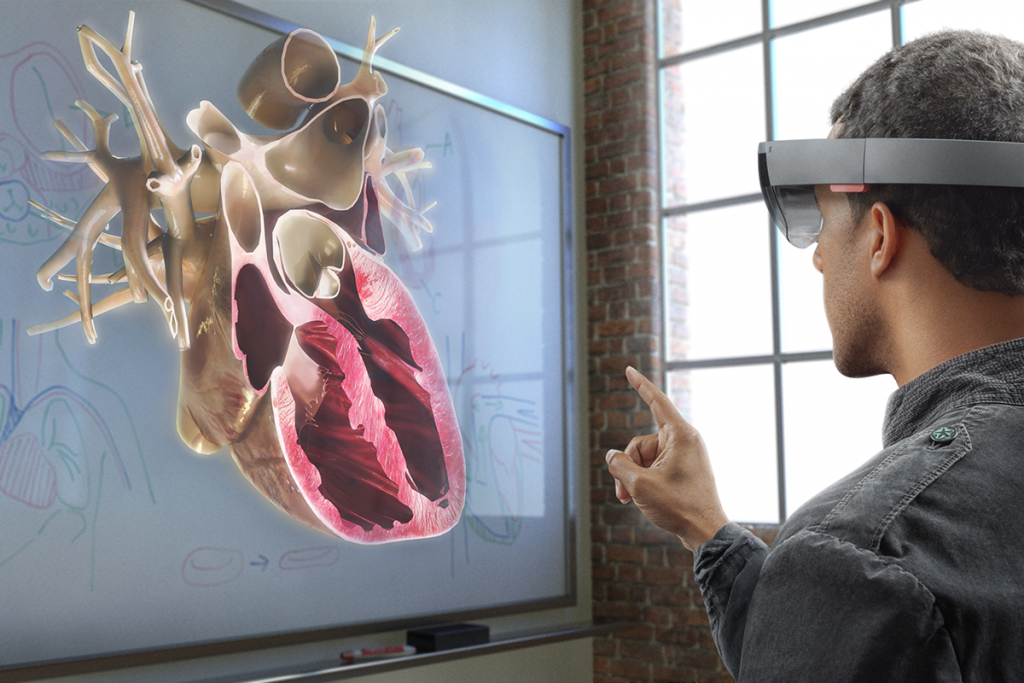Excuse my enthusiasm, but there is no better time than the present (except maybe the all-digital future) to be a medical student.
At Stanford University, students are using VR headsets to see inside an infant’s beating heart to explore congenital heart defects. Medical students can walk around inside a beating heart, manipulate it and observe how it impacts normal functions of the organ. Moreover, at St. Mary’s Hospital in London, clinicians tapped a vendors AR technology to overlay CT scan images onto a patient’s leg during reconstructive surgery. Medical experts study how VR tools can be used in pain management.
These are only a few examples of how AR and VR technologies are deeply immersed in many aspects of healthcare. According to studies VR is deployed in four key medical and healthcare segments: therapy, training, surgery-related applications, and medical research. These are relatively new technologies in health education, but their usage is widespread. According to ABI Research, VR services in the medical and healthcare segment will grow to US $285 million business in 2022.
Medical simulation with a long history
AR and VR simulation tools are relatively cheap, effective, properly designed to the needs of millennials born with a smart mobile in their hands. Technology and the digital generation is a match made in heaven. These students, masters of game consoles, can learn using technology. They become better doctors, they use AR, VR simulation, not only to play but to learn how to save our lives.
The recorded history of simulation in health professional education stretches over 1500 years and around the world – according to the book by Harry Owen, Simulation in Healthcare Education. The demand for knowledge of new medical procedures overwhelmed the traditional apprentice-based training system and give rise to courses in which simulation was introduced to help teach students the practical skills and when to use them. Such courses were even advertised in newspapers, these ads explained that students would learn on „a contrivance made on the bones or skeleton of a woman, with an artificial matrix (womb)”.
What is AR and what is VR?
We came a long way from these contrivances and built up the knowledge to develop AR and VR simulation technologies. People get confused easily between the terms of VR and AR, so let’s clarify them. Virtual Reality (VR) means the user could watch and interact through the VR device but all the images displayed are fake, virtual. On the other hand, Augmented Reality (AR) involves a virtual object that is generated by a computer through the real environment seen by a mobile phone, tablet or AR glasses. The AR presents a semi-true and false image, which is the combination of real and virtual.
Research showed that VR and AR could improve the learning effect by the acquisition of skills and knowledge, understanding of spatial relationships and medical concepts, enhancing learning retention and performance on cognitive-psychomotor tasks. They are providing material in a convenient and timely manner that shortens the learning curve, giving subjective attractiveness, and simulating authentic experiences. In short: students learn because it is fun to work in a simulated operating theatre, to get close to a beating heath.
I saved for last my favorite argument: AR and VR technologies allows medical students to make bold errors, and to learn from their mistakes – all without harming a living person. It’s why is no better time, than the present, to learn medicine with the help of technology!
Author: Laszlo Varga
